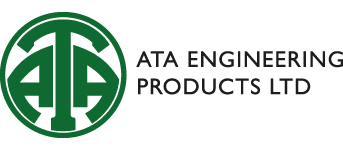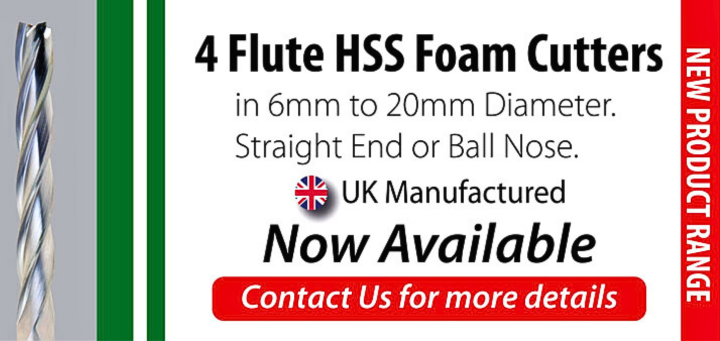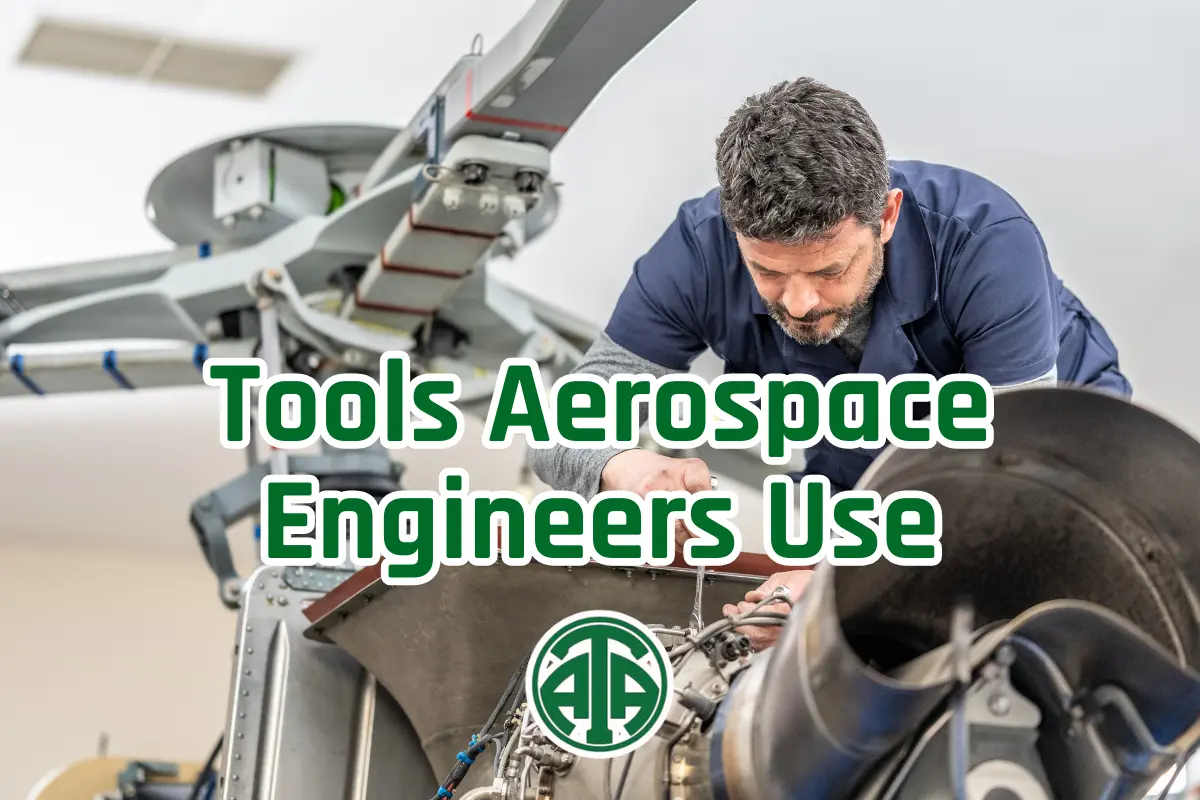Introduction
In aerospace engineering, precision is non-negotiable—and the tools behind that precision are as critical as the engineers who use them. From the earliest design phase to final assembly, every component of an aircraft or spacecraft depends on the use of highly specialized tools that meet the industry’s demanding standards for safety, performance, and efficiency.
This article outlines the key categories of tools aerospace engineers rely on throughout the design, manufacturing, and maintenance processes. Whether it’s high-performance simulation software or robust hand tools for assembly and repair, the modern aerospace toolkit reflects decades of technical advancement and practical experience.
We’ll explore four primary categories of tools:
- Digital Tools for design, simulation, and collaboration
- Physical Instruments used in fabrication and testing
- Specialized Aerospace Equipment for real-world performance validation
- Hardware Components that meet rigorous aerospace-grade specifications
Each plays a vital role in keeping the aerospace industry moving—both literally and figuratively.
Digital Tools: Engineering in the Virtual World
CAD & CAE Software
Computer-aided design (CAD) software is essential in aerospace engineering. Programs like SolidWorks, CATIA, and Autodesk Fusion 360 allow engineers to create highly detailed 3D models of parts, assemblies, and full systems. These tools support everything from initial concept development to final design validation, helping teams visualise and refine their work before anything is manufactured.
In parallel, computer-aided engineering (CAE) tools such as ANSYS and Abaqus play a critical role in simulation. Using Finite Element Analysis (FEA) and Computational Fluid Dynamics (CFD), these platforms allow engineers to simulate stress, vibration, airflow, and thermal performance—enabling the design of components that withstand extreme operational conditions.
Simulation and Analytical Software
When it comes to system-level modelling and analysis, MATLAB and Simulink are industry standards. These tools are widely used to simulate dynamic behaviour in control systems, propulsion units, and avionics. They allow engineers to test digital prototypes under a range of conditions, saving time and reducing the cost of physical testing.
For fluid dynamics and thermal systems, software like STAR-CCM+ offers advanced CFD capabilities. It’s particularly valuable in refining aerodynamic designs and managing heat dissipation—both critical to the performance and safety of aerospace platforms.

Product Lifecycle Management & Collaboration Tools for Aerospace Engineers
Given the complexity of aerospace projects, collaboration across engineering disciplines is vital. Product Lifecycle Management (PLM) software—such as Siemens Teamcenter and PTC Windchill—helps ensure that all project stakeholders are working with accurate, up-to-date information. These systems manage everything from version control and compliance tracking to workflow approvals, helping companies maintain efficiency and accountability from design to delivery.
Physical Tools: The Hands-On Side of Aerospace
While digital tools dominate the early design stages, aerospace engineering ultimately converges in the real world—on the shop floor, in the hangar, and out on the runway. That’s where precision instruments and robust hand tools take over, ensuring components are manufactured, assembled, and maintained to exacting standards.
Precision Measuring Instruments
In aerospace, tolerances are tight—and the tools used to verify those tolerances must deliver micrometric accuracy. Engineers and technicians rely on digital and dial calipers, micrometers, and vernier height gauges to measure dimensions, surface finishes, and alignments with pinpoint precision. These tools are critical in quality control processes, helping ensure each component meets the required specs before moving to the next stage of production.
Beyond dimensional checks, diagnostic instruments play a key role in testing the performance and health of systems. Pressure gauges, accelerometers, thermometers, and oscilloscopes are used to monitor everything from fluid systems and vibration patterns to electrical signals. These readings help validate system behavior under simulated or actual operating conditions and are equally important during routine maintenance and troubleshooting.
Cutting, Shaping & Assembly Tools for aerospace engineers
The manufacturing side of aerospace requires tools that can handle tough materials like titanium alloys, carbon fiber composites, and high-grade aluminum. This is where high-performance machining tools come into play—solid carbide end mills, carbide-tipped cutters, and specialized drills are widely used to shape and finish parts with the durability and precision the industry demands.
On the assembly floor, the essentials remain timeless. Technicians still rely on trusted hand tools—wrenches, screwdrivers, pliers, hammers, and torque drivers—to install fasteners, align parts, and service systems. These tools may be simple, but their application is highly skilled, often requiring adherence to torque specifications and safety protocols unique to the aerospace sector.
Specialized Aerospace Equipment for Engineers
Beyond standard workshop tools, aerospace engineering calls for specialized, often large-scale equipment designed to test, analyze, and refine performance under conditions that replicate real-world flight environments.
Testing Facilities & Instruments
Wind tunnels are among the most iconic facilities in the industry, used to test aerodynamic models under controlled airflow conditions. By simulating flight scenarios, wind tunnels allow engineers to evaluate lift, drag, turbulence, and pressure distribution on airframes, rotor blades, or engine nacelles—long before a physical prototype ever takes to the skies.
Another cornerstone of aerospace testing is Non-Destructive Testing (NDT). These techniques are designed to inspect materials and components without compromising their structural integrity. Common methods include ultrasound, eddy current testing, X-ray imaging, and magnetic particle inspection. Each approach helps detect internal flaws such as cracks, voids, or material fatigue that could pose a risk during operation—making NDT a vital aspect of both production and maintenance.
Aircraft-Specific Tools
Maintenance crews work with a toolkit tailored specifically to the needs of modern aircraft. Equipment such as fuel pump testers, propeller balancers, and avionics diagnostic systems are used to troubleshoot complex mechanical and electronic systems. These tools are engineered to interface with aircraft components directly, providing targeted data and performance metrics to support rapid, accurate service and repair.
From line maintenance to deep structural overhauls, these tools ensure that every system functions flawlessly—supporting both flight safety and operational efficiency.

Aerospace Hardware Components
Behind every smooth flight and stable orbit is a meticulously assembled network of high-performance hardware components—the unsung heroes of aerospace engineering. These parts may be small, but their role is enormous.
Engineers work daily with fasteners, hinges, gas springs, O-rings, seals, and wire/cable assemblies, each designed for specific structural or functional roles. Whether it’s securing fuselage panels, sealing hydraulic systems, or supporting moving components within wing mechanisms, this hardware must perform reliably under extreme conditions—temperature fluctuations, pressure variations, vibration, and corrosive environments.
What sets aerospace hardware apart is the stringent adherence to materials specifications and performance standards. Components are commonly made from aerospace-grade aluminum, stainless steel, Inconel, titanium alloys, and composite materials, each selected for their strength-to-weight ratio, resistance to fatigue, and thermal tolerance. Standards like AS9100, MIL-SPEC, and FAA/EASA compliance ensure every nut, bolt, and seal is qualified for flight.
And in a sector where failure isn’t an option, engineers lean heavily on traceability systems, torque specs, and component certifications to maintain uncompromising quality control.
Conclusion
In aerospace engineering, tools are more than implements—they’re catalysts for innovation. From CAD workstations to torque wrenches, from fluid dynamic simulations to real-world diagnostics, every tool contributes to a larger ecosystem built on precision, safety, and performance.
As the industry evolves—blending AI-powered simulation, digital twin technology, and next-gen manufacturing techniques—so too does the engineer’s toolkit. Today’s aerospace professionals must be equally fluent in digital modeling as they are in torque calibration, equally comfortable behind a monitor as beneath an airframe.
At the intersection of ingenuity and instrumentation, aerospace engineers continue to push boundaries—not just because they can imagine it, but because they have the tools to build it.
FAQ: Tools Aerospace Engineers Use
1. What is the most commonly used software in aerospace engineering?
Aerospace engineers frequently use CAD software like CATIA and SolidWorks for 3D modeling, and CAE tools like ANSYS and Abaqus for simulation and analysis. MATLAB and Simulink are also industry staples for system modeling and control design.
2. Why is non-destructive testing (NDT) important in aerospace?
NDT allows engineers to inspect structural components for flaws without damaging the part. This ensures safety and reliability while avoiding costly replacements. Methods include ultrasound, X-ray, and magnetic particle inspection.
3. How do aerospace tools differ from general engineering tools?
Aerospace tools are engineered for higher precision, durability, and compliance with strict industry standards. Materials and tools must withstand extreme temperatures, pressures, and dynamic loads not typically encountered in other fields.
4. What role do physical tools still play in the digital age of engineering?
Despite advances in simulation and CAD, physical tools remain essential for manufacturing, assembly, inspection, and maintenance. Tools like micrometers, torque wrenches, and oscilloscopes ensure real-world performance meets design specs.
5. Are aerospace engineering tools used in other industries?
Yes—many aerospace tools, especially cutting and measuring instruments, are also used in automotive, defense, medical devices, and advanced manufacturing where precision and quality are critical.


